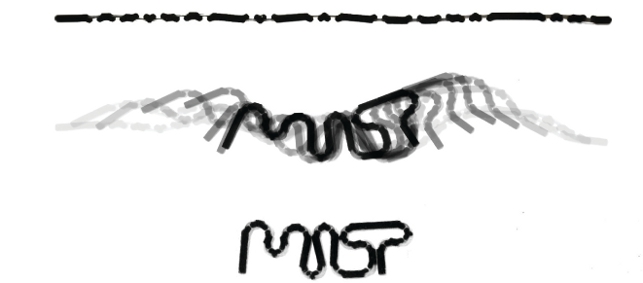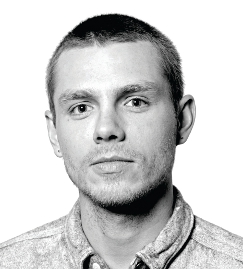With the world entranced by 3D printing, it’s important to remember for designers and engineers that the processes and materials are developing at great speed.

A sequence of images demonstrating the self-folding of a 4D printed multi-material single strand into the world of MIT
We all expect the printer build areas to increase, new materials to mimic current manufacturing materials, or for print resolution quality to improve, but few would expect parts that, once printed, could assemble themselves.
The Self Assembly Lab at the Massachusetts Institute of Technology (MIT) in Boston is the hub of this next generation of ‘active’ materials.
Skylar Tibbits heads up the department. A trained architect, designer and computer scientist, he has spent the last five years investigating active materials and sees this as the next step in digital fabrication.
“The vision of 4D printing is that we can now design and customise our own active smart materials, so that we can have completely adaptive products,” says Tibbits.
His team is already grabbing headlines with what has been dubbed 4D printing, but further progression is taking it to new levels.
Tibbits explains the process of how the parts are printed on a Stratasys Connex 500 printer: “There’s two materials; in our case it’s a black, standard, rigid plastic, and that gives the structure for what you want to build, and kind of gives it ‘the code’ because that’s all the fold angles, the rigid part, the information.
“The other material is the white material that expands 150 per cent when it touches water, and that becomes the activation energy so the structure can go from one state to another state.
“By combining the two you can print parts that can transform on their own over time.”

Skylar Tibbits, Self-Assembly Lab director
The first examples of this represented a particularly sluggish caterpillar contorting itself when placed into water, but now development is rapidly shaping the process.
Material Science Printing is only the beginning of this entire process; all manner of circumstances come into consideration of how this technology could work.
Stratasys’s material sciences lab (formerly Objet) has been hard at work developing new materials.
“They’re developing new materials as we speak with different properties,” states Tibbits. “Each time they send me a batch they’ll have different properties, which is really interesting.”
Currently they’re trying to speed up the folding process (a part takes a leisurely 15 – 20 minutes to fold, dependent on the temperature of the water – the warmer the faster) and make the movement reversible so you can do it many times, increasing its abilities for designers.
“I’m really hoping that in the future we have a full suite of these materials – a whole array of 4D printed materials that are activated by different energy sources like heat, light, vibration, pressure and whatever else – so we can be printing multiple active materials that can respond to different energy conditions.”
Previous testing has revolved around single strands: one that folds into a cube, or the longer strands that from into the Hilbert Curve.
The program has moved on to testing surfaces that fold up into 3D shapes like origami – but then you can also build 3D objects that can morph into other 3D objects.
“Right now it’s demonstrating all capabilities,” claims Tibbits. “One thing most of the press have got wrong is that they think it can only be in strands, but especially with the Connex printers, or with any printer, you can print in any shape you want. So it’s totally wide open!
“You can embed these materials into any shape you can imagine to 3D print and then see how they act.”
Scaling up
If the change to encompass active materials is to go ahead then new design tools will be needed to help build in folds and movement.For this reason the Self Assembly Lab has been working with Autodesk on a new design software called Project Cyborg.
Started for bio and nano space design, the same platform can be used for 4D printing as you can start to simulate how things fold, how it can be optimised, predict tangles, and assess the shapes you need to design in the beginning in order to get the right shapes out in the end.
“I’m really hoping it can scale up – most people looking at self assembly or self replication are looking to scale down, like biological or nano technology.
“I’m interested in how we can use these in large scale – as new principles for manufacturing, or new infrastructure systems.”
Until then the testing continues and the development of the process continues alongside companies and organisations looking to utilise it.
“Tonight I have time at the MIT swimming pool,” exclaims Tibbits, somewhat off topic. “We’re going to dip a 50-foot long strand of this stuff in the water and see if we can get it to fold up into this fractal 8 inch cube. So from 50 feet to 8 inches!”
It’s an exciting time of trial and error, but with advances in software and 3D printing arriving every day, programmable, self assembling materials could be the start of a new way we all design and build products. 
Stephen Holmes meets the man behind 4D printing
Default







